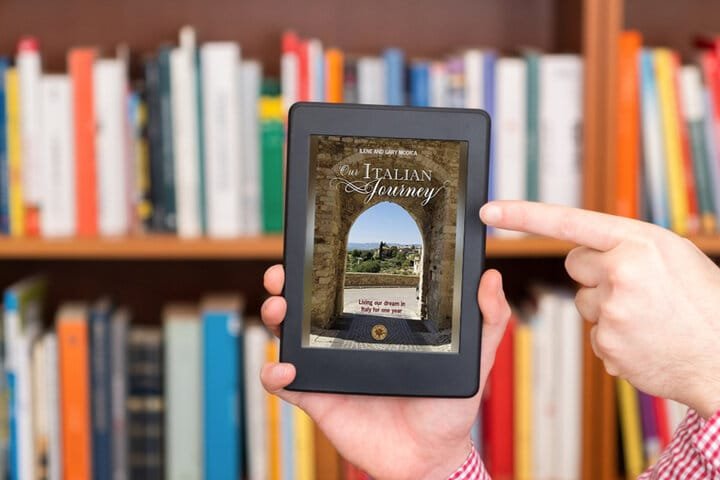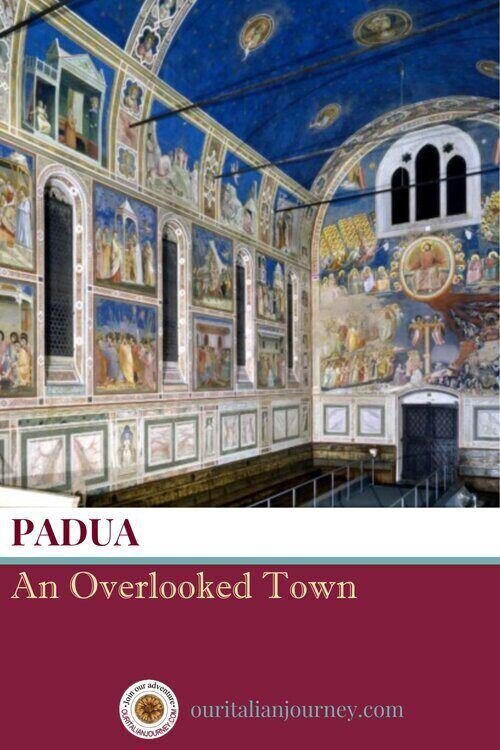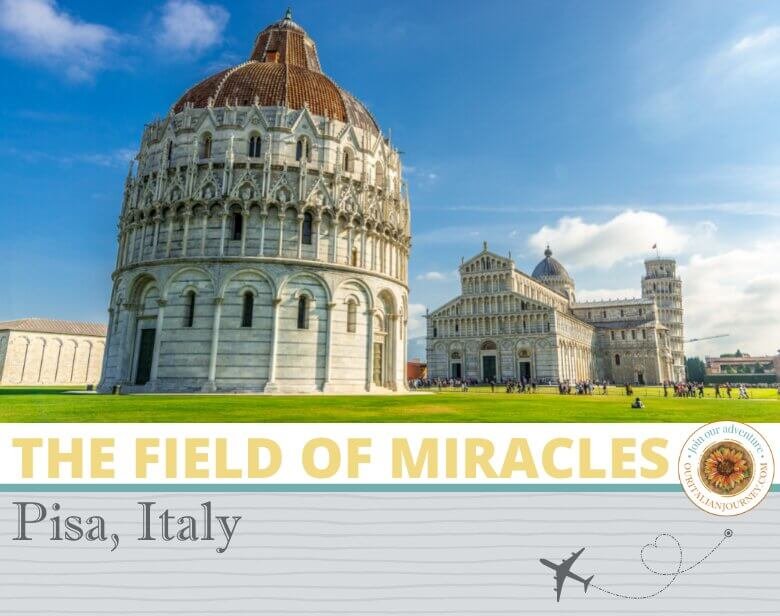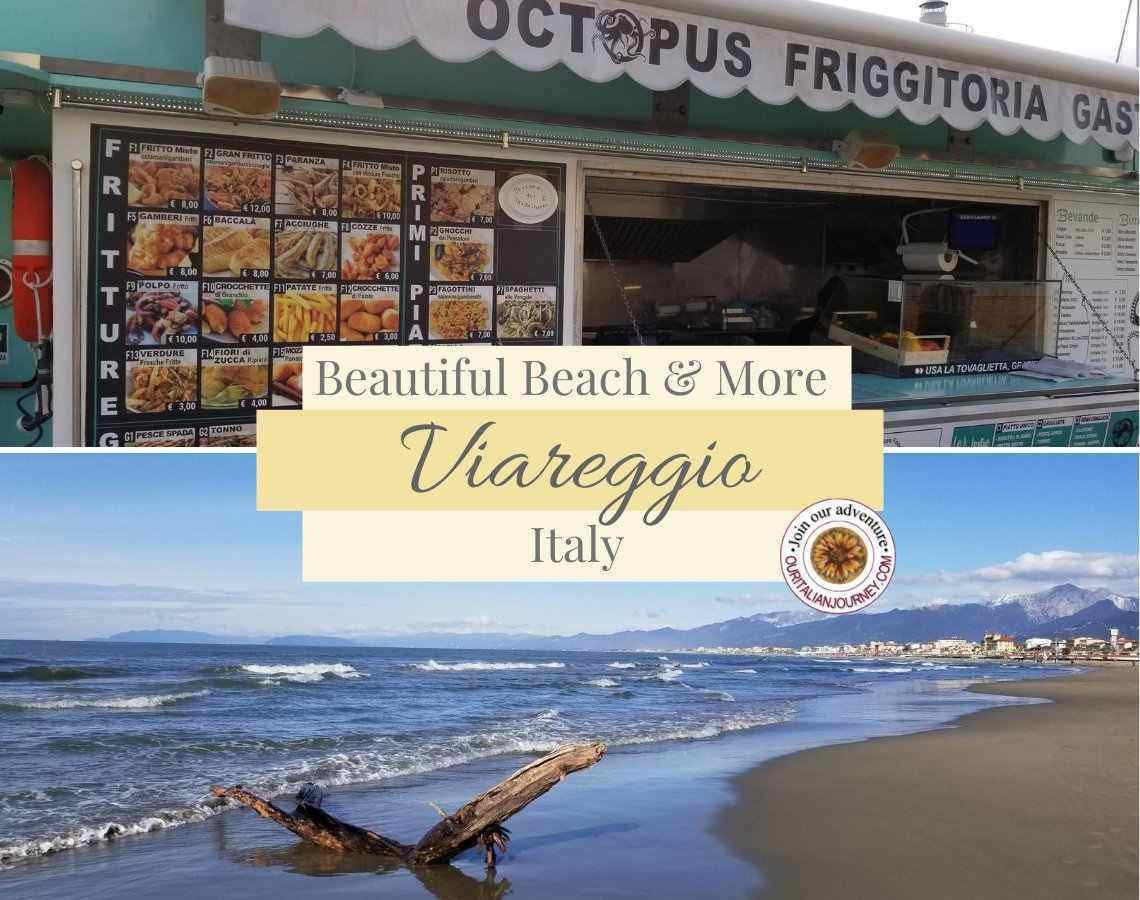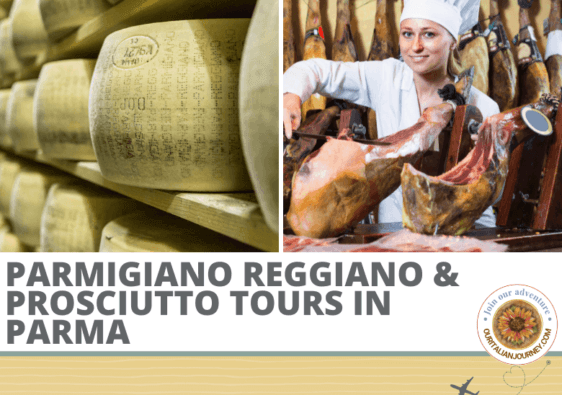Padua (Padova in Italian) is one of the largest and most beautiful cities in northern Italy. The picturesque city is full of piazzas, old bridges, canals, and rivers, and the famous University of Padua (founded in 1222) with a history of more than eight centuries. Maybe the most famous who lectured here was Galileo Galilei.
This post contains affiliate links that help keep this website running. By purchasing through our links, we make a small commission at no extra charge to you. Thank you for your support!
Gary and I visited this city on a day trip when staying in Verona in 2019. It was an amazing day. Sadly, millions of tourists neglect to visit this town when in the Veneto region. Most tourists visit Venice, Lake Garda, and Verona and don’t give much consideration to this unappreciated town. As a result, visitors are missing a hidden gem when visiting northern Italy.
Prato della Valle
This huge piazza is approximately 90,000 square meters and is the biggest square in Europe. Originally, this piazza was a Roman theater – later, it became a fairground. It was in 1775 that this piazza became the present layout. It currently is a large piazza, surrounded by grass areas, and a statue-lined canal. Saturdays the square hosts a giant market. In addition, other large events occur frequently such as concerts, markets, and fairs.

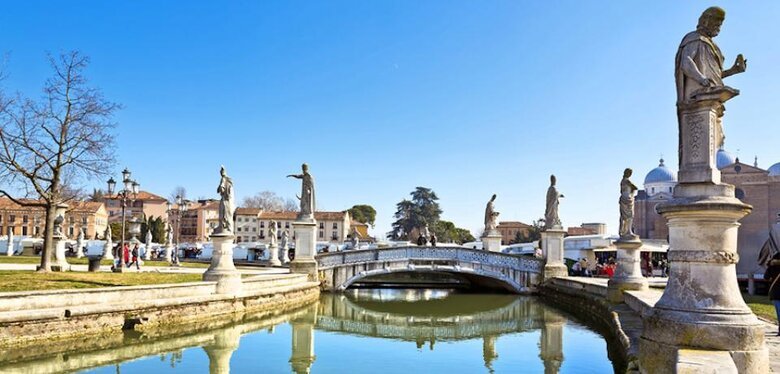
Discovering the Town
Because you will find mainly bicycles inside the old town, it increases the charm of this city. In some parts of the city, a tram is available for residents to get around. Most noteworthy – the unexpected? Several small canals – nothing like Venice of course, but very pretty.


In the heart of the city, you will find The Mercato, an enormous shopping market. Vendors selling cheeses, salamis, meats, and pasta can be found inside. The building itself is beautiful and the vendors are intriguing. The market spills outside in the piazza complete with stalls under white canopies filled with clothing, kitchen items, sunglasses, scarves, and lots of other things.

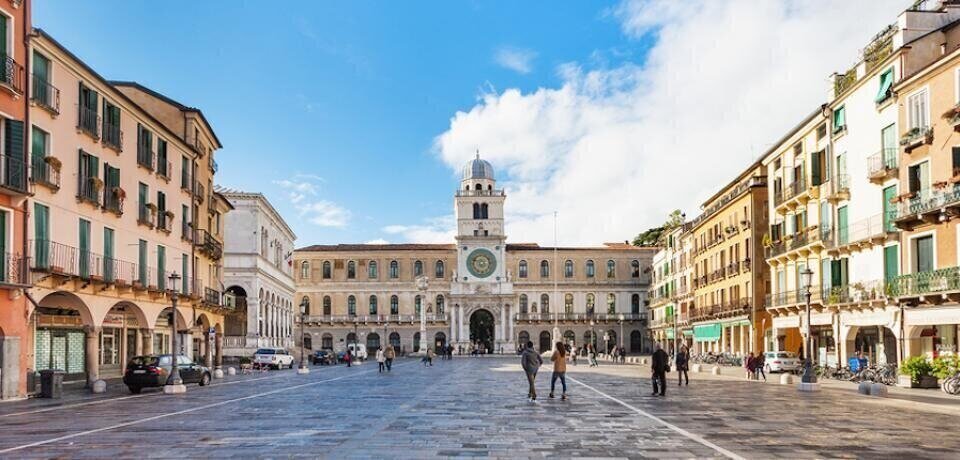
A Highlight of Padua
The Scrovegni Chapel and Giotto
The Scrovegni Chapel is also well-known as the Arena Chapel. It is a masterpiece in the history of painting in Italy in the 14th century. Especially relevant – It is considered to be the most complete series of frescoes executed by Giotto. Most are very familiar with this Italian painter and architect from Florence.
Scrovegni Chapel in Padua is one of the most famous Proto-Renaissance masterpieces. The term “Proto-Renaissance” refers to the pre-Renaissance period (1300-1400) in Italy, and the activities of progressive painters who pioneered the new form of “realism.”
The chapel by Giotto di Bondone was completed in 1305 for the Enrico Scrovegni family. The frescoes adorning the walls and ceiling of the chapel relate a complex, emotional narrative on the lives of Mary and Jesus. An absolute “must-see” for anyone interested in Renaissance art.
It’s About the Story
Giotto focuses on the life of the Virgin Mary and celebrates her role in human salvation. The genius of the Chapel lies in the narrative’s layout: Giotto arranged the different scenes chronologically, in horizontal bands. Mary’s life appears first, followed by the life and ministry of Jesus, and finally culminating in scenes depicting the Passion. However, when the bands are read vertically, viewers will be struck to realize that each scene foreshadows the next. On the wall opposite the altar is the grandiose Universal Judgement, which concludes the story of human salvation.
Giotto, who was born around 1267, was 36–38 years old when he worked on the Scrovegni Chapel. He had a team of about forty collaborators and assistants. They calculated it would take 625 days to paint the chapel. A day’s work meant that portion of each fresco that could be painted before the plaster dried and was no longer “fresh” (fresco in Italian.)
Tickets & Information
This is our memoir and personal adventure, which has changed our lives forever. Our Italian Journey is a compelling read for anyone who wants to experience and appreciate daily life in Italy and to understand its charm, appeal, and cultural differences. Join the laughter as we also divulge the trials and tribulations we encountered along the way. Now available as an audiobook- narrated by us!
🏆Awarded: Author Shout, Recommended Read 2022
